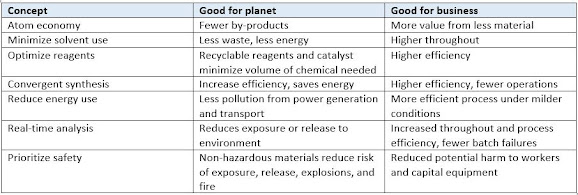Neogen Chemicals - Q1FY23 Result Overview

Neogen Chemicals - Q1FY23 Result Overview Neogen Chemicals Limited (Neogen) reported robust financial performance during the quarter ended 30th June, 2022. The Company delivered revenues of Rs. 147.9 crore in Q1 FY23, depicting a growth of 75%. The strong topline performance was driven by incremental benefits accruing from the expanded capacity. This was supported by continued positive demand across key products. Profit after tax (PAT) stood at Rs. 11.1 crore during the quarter as compared to Rs. 7.4 crore in Q1 FY22. Strong double-digit growth in PAT was aided by good operating performance. During the period under review, the Company witnessed significant increase in the prices of Lithium raw materials which Company was able to pass on to the customers, resultantly protecting the absolute EBITDA. The EBITDA percentage margin decline is optical as it considers higher revenues and higher RM costs with preserved absolute earnings. Neogen Chemical Investor Presentation Developments A...






